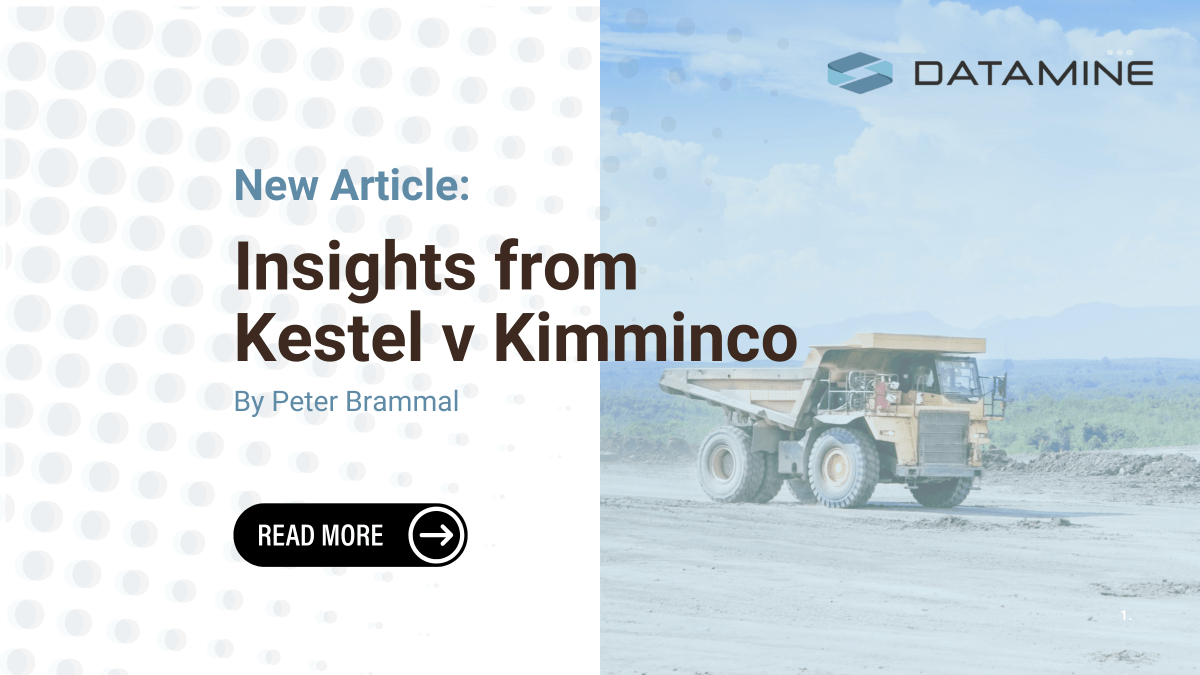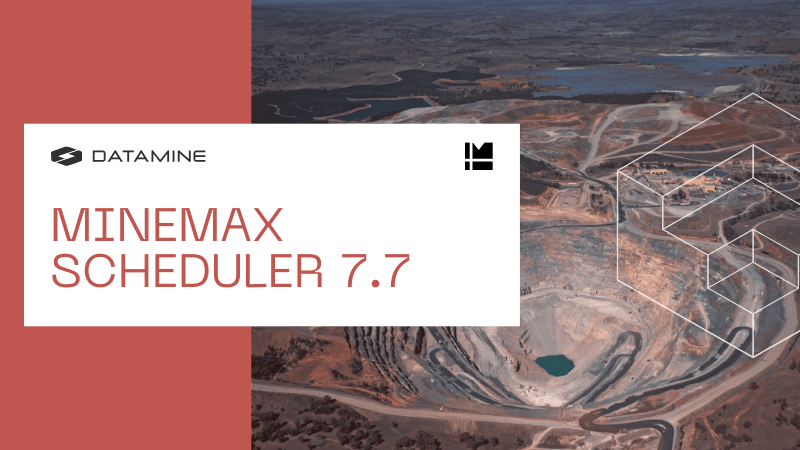Studio RM and RM Pro version 1.10 Public Release
Datamine is proud to announce that the next version of Studio RM and Studio RM Pro has been released. Version 1.10, available to all maintained customers, offers a mix of significant new functionality and improvements to existing functionality.
Create Contact Surfaces Command
In this version, we unveil a brand-new command for modelling geological contacts from sample data: Create Contact Surfaces. This tool, useful for modelling erosional and depositional type contacts, while taking into account cross-cutting units. It can also create surfaces from loaded point data (without drillholes) and you can create a quick topography from drillhole collars, for example. You can easily model contacts from complex geological packages, say, where geological units abut multiple units that are crosscut by dykes, veins or intrusions.
Contacts can be modelled based on any plane orientation, with full control over surface generation. Individual contact points can be turned on or off and manual contact points can be added as needed. There is smart end-of-hole support, which allows contacts to snap to landmark points, pass below or pass above intercepts. The boundary of the surfaces can be applied automatically or defined using any custom string data. This command has fault support too, realistically offsetting surfaces at the plane of one or more modelled faults.
The command was designed for geologists and is ready to use with the first version. The command uses the proven Minimum Curvature engine for practical results, like the Vein from Samples command. We have designed this tool to have a similar look and feel as Datamine’s other automatic modelling tools, with all the nice-to-have features built in from day 1.
The Create Contact Surface command will be the subject of an eLearning course from Datamine, coming soon.

Categorical Modelling
Categorical modelling was originally released in 2019, and based on feedback, we have overhauled the surface generation methodology which not only results in drastic speed improvements and access to a much wider range of input scenarios, but also generates more favourable results for each usage case. Benchmarking of performance indicates results are generated up to 20 times faster than previous versions for the same data and modelling case.
Categorical modelling can be used to model extremely complex geological shapes, where precise surface modelling is unsuitable and manual wireframing takes too long. We have verified the command extensively against a wide range of client data, generating realistic, practical volume reproductions compared to manual modelling. It is also a great fix for complex spares that could take weeks to model manually.
For more complex geological packages, the command can include multiple trends to mimic the visible shape and size of continuity, and to guide the surface calculation to form a valid model of the geology.
It doesn’t stop here; there are even more enhancements planned for this command in upcoming versions of Studio RM and Studio RM Pro.


Vein from Sample
Vein from Samples evolves again with this update, with performance improvements and refinements to calculated surfaces and volumes. We have removed uncertainty parameters to standardize on the robust Minimum Curvature surfacing algorithm, making the command and associated workflow more capable and accessible.
It’s clear this command has matured well, and we’re delighted that it is now a vital part of the modelling workflow at numerous mining operations globally.
A detailed explanation of the Vein from Samples tool, capturing enhancements for Studio RM and Studio RM Pro version 1.10, is presented in a new eLearning course, coming soon from Datamine.
Studio RM Pro
Datamine recently brought Studio RM Pro to market, a combined solution comprising of Studio RM, Advanced Estimation and Supervisor. Our development focus has been on making the workflow between Studio RM, Advanced Estimation and Supervisor slicker.
In this release, we have further improved the Advanced Estimation workflow by enhancing reporting to issue detailed guidance for users adopting this estimation workflow. We have also introduced a new panel to let you quickly import a set of parameter files for estimation.
Another enhancement is integrating ellipsoids into your estimation search, where search volumes can be dynamically viewed as, and read from, ellipsoid objects. This helps you visualise and edit the size and shape of the search parameters and verify your estimation parameters as a whole.
These improvements add to an already feature-rich tool that includes dynamic anisotropy with rotation of search parameter and variogram, soft boundary estimation and multiple domain support. All of this powered by fast, multithreaded estimation using the robust and capable COKRIG process.
For more information, please click on one of the buttons below:


